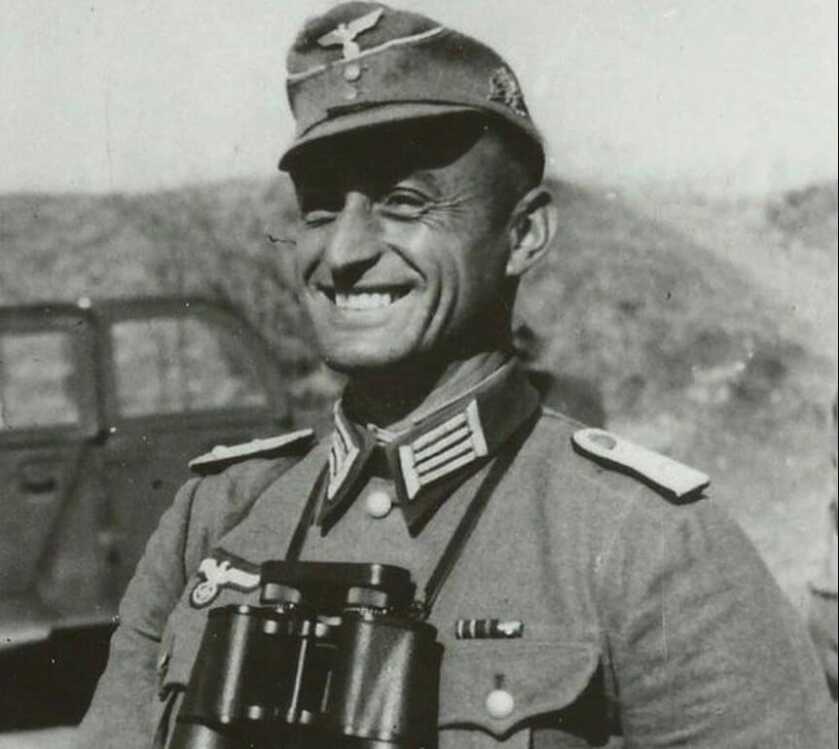
Josef Gangl was born September 12, 1910, in Obertraubling, Bavaria. The son of a Royal Bavarian State Railways official, young Josef aspired to a career as a professional soldier. However, post-WW1 Germany was not the ideal place to pursue such aspirations. The Reichswehr was limited to a roster of 100,000 troops by the Treaty of Versailles. However, Gangl made the cut and was assigned to Artillery Regiment 7 in Nuremberg.
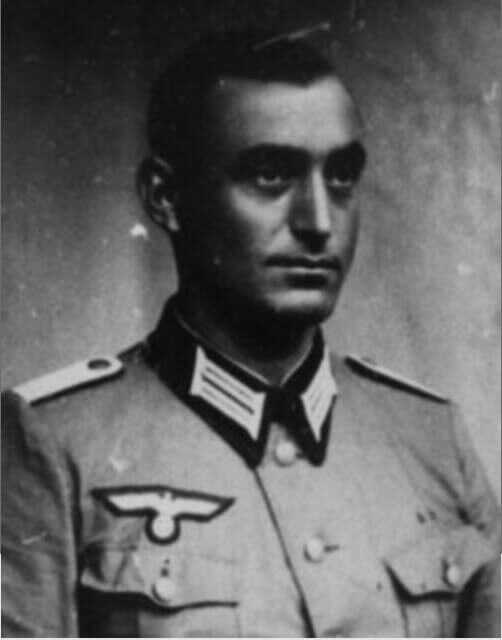
In 1935 Josef Gangl was reassigned to the 25th Artillery Regiment in Ludwigsburg. That same year he also married a local woman named Walburga Renz. Gangl began WW2 as an Oberfeldwebel. The American equivalent would be a Sergeant First Class. He was wounded in the opening salvoes of the war and spent six months recuperating in hospitals. In May of 1940, he returned to service as commander of a reconnaissance unit in the Wehrmacht’s 25th Infantry Division. By 1941 he commanded a battery of 105mm tube artillery assigned to Army Group South on the Eastern Front. By the spring of 1942, Gangl had earned the Iron Cross First and Second class and taken command of a Nebelwerfer unit.
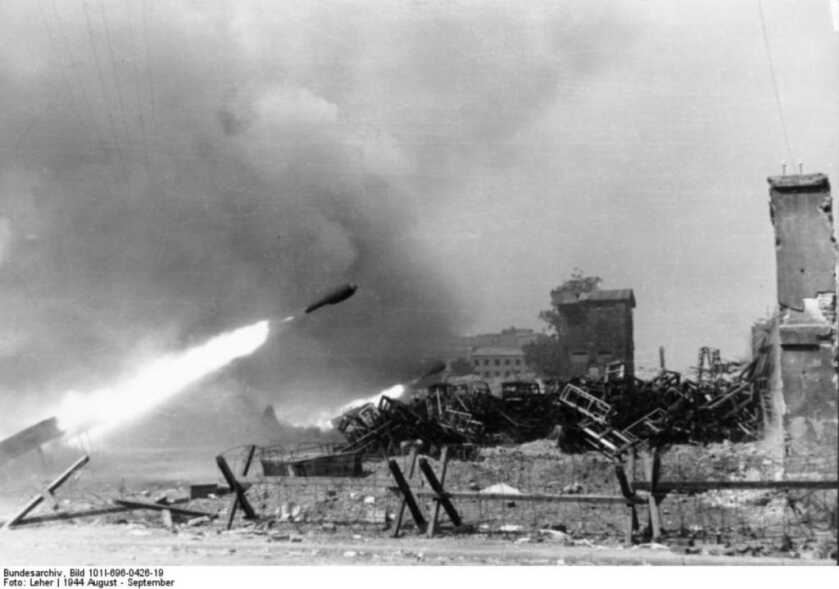
The Nebelwerfer was a fearsome bit of rocket artillery that Allied troops called the Screaming Mimi. A relatively low-cost, saturation weapon, the Nebelwerfer could be launched from Sdkfz 251 halftracks or from standalone launchers. The word “Nebelwerfer” means “fog thrower.” This was part of a German disinformation campaign to keep the Allies from categorizing the weapon as an artillery piece.
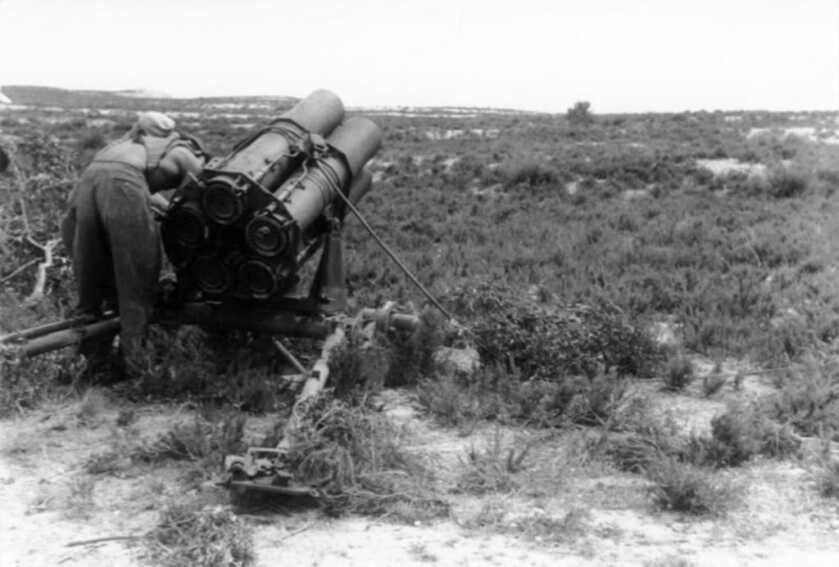
By March of 1944, Gangl was serving with a Werfer-Brigade in France. Assigned to the 12th SS Hitlerjugend Division, Gangl’s Nebelwerfer unit was cut to pieces during its escape from the Falaise Pocket after D-Day. Following a reorganization and resupply with fresh equipment and troops Gangl’s unit participated in the ill-fated Ardennes Offensive in December of 1944. This gory mess earned Josef Gangl the German Cross in Gold.
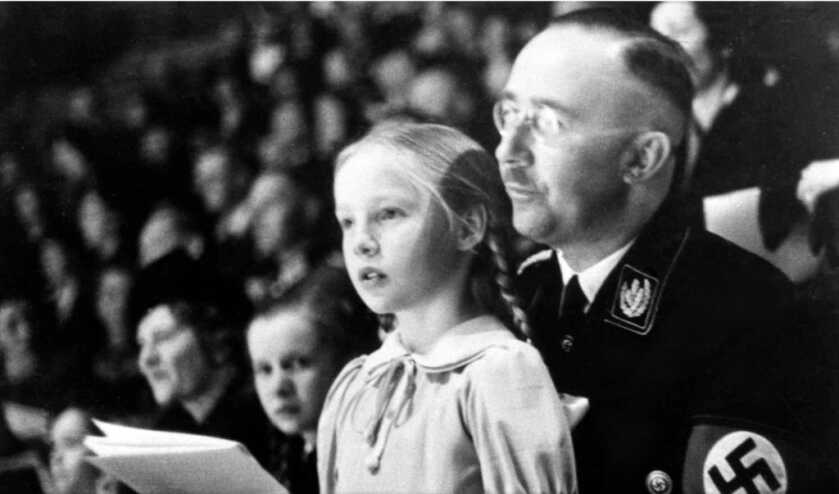
By April of 1945, the fate of the Third Reich was irretrievably sealed. Gangl and what remained of his men were posted to Worgl in the Austrian state of Tyrol to defend Heinrich Himmler’s Alpine Redoubt. This far-fetched scheme imagined a protracted guerilla war fought in the mountains after the fall of the Nazi government in Berlin. At this late stage, however, only the most ardent fanatics held out any hope of success. The pragmatists, Sepp Gangl among them, just wanted to get his troops home safely.
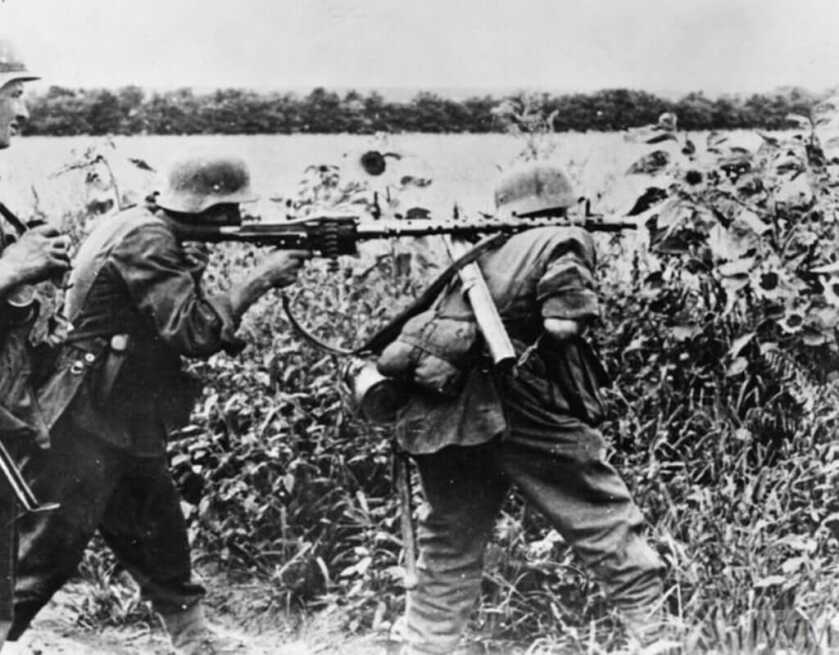
Gangl’s immediate superior was a Wehrmacht Lieutenant Colonel named Johann Giehl. Giehl’s orders were to defend the town of Worgl against the approaching Americans to the last man. Josef Gangl, however, had other ideas. He contacted Alois Mayer, the leader of the local Austrian resistance, and provided him with weapons and tactical information. Gangl was ready to be done.

Meanwhile, the American juggernaut rolled inexorably on, backed up by apparently limitless supplies of tanks, trucks, and men. As the US forces got closer, locals began posting Austrian flags or white bedsheets outside their homes to signify their willingness to capitulate. The SS under orders from Himmler dragged the male residents from these homes and executed them. Violating fresh orders to withdraw, Gangl and ten of his remaining troops stayed behind in Worgl to defend the residents against rampaging SS fanatics.
Itter Castle
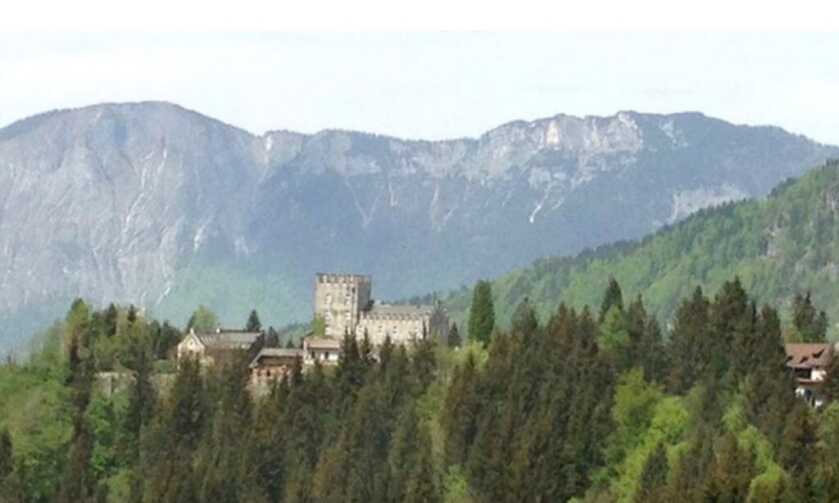
Nearby Itter Castle was used by the Germans as a prison for high-ranking French captives. Command of this fortress dungeon fell to the Dachau administration. Incarcerated therein were such dignitaries as former French Prime Ministers Edouard Daladier and Paul Reynaud as well as several French Generals and the acclaimed French tennis star Jean Borotra. Sundry trade union and resistance leaders were also held there along with Marie-Agnes de Gaulle, Charles de Gaulle’s older sister.

On May 4, 1945, Sebastien Wimmer, the prison commander, fled the castle along with his contingent of SS Totenkopfverbande guards. The liberated prisoners seized the few abandoned German weapons that remained and prepared for the coming assault by troops of the fanatical 17th SS Panzer Grenadier Division “Gotz von Berlichingen.” A Czech cook named Andreas Krobot bicycled into Worgl with the news that the Waffen SS was staging an attack against the castle. Everyone expected a bloodbath.
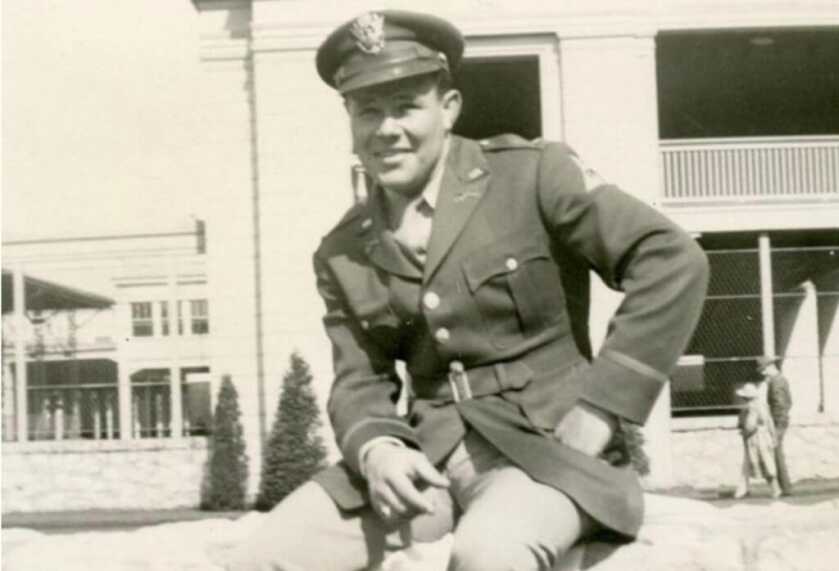
In desperation, Gangl affixed a white flag to his Kubelwagen and drove 8 km to nearby Kufstein. There he encountered the lead elements of the American 23d Tank Battalion of the US XXI Corps under the command of CPT John C. “Jack” Lee. Gangl explained the situation and requested assistance. In what was one of the most bizarre episodes of the war, CPT Lee joined Major Gangl in his Kubelwagen for a quick recce of the castle and its surrounding area. Lee then fell in alongside Gangl and his 10 remaining Wehrmacht artillerymen to defend the castle against the approaching SS troops. Included among this motley band was also an SS Hauptsturmfuhrer who had grown a conscience named Kurt Siegfried Schrader.

CPT Lee had four Sherman tanks under his command. After the recon, he returned, stationed two Shermans in defensive positions, and requisitioned five more along with support troops from the 142d Infantry Regiment. After fighting through SS roadblocks and attempting to traverse rickety bridges CPT Lee’s relief force had been whittled down to a single Sherman and fourteen US troops. CPT Lee’s tank was christened “Besotten Jenny.”
The Fight

On the morning of May 5th, CPT Lee positioned his Sherman on the approaches to the castle and organized the defenses. The kampfgruppe from the 17th SS then attacked with a force of between 100 and 150 troops backed up with automatic weapons and three heavy flak guns. Their first move was to take out the Sherman with one of the 88’s.

Fortunately, the tank crew was outside the vehicle at the time. The only occupant was a radio repairman attempting to get the tank’s communications systems operational. He escaped the burning tank with minimal injuries.
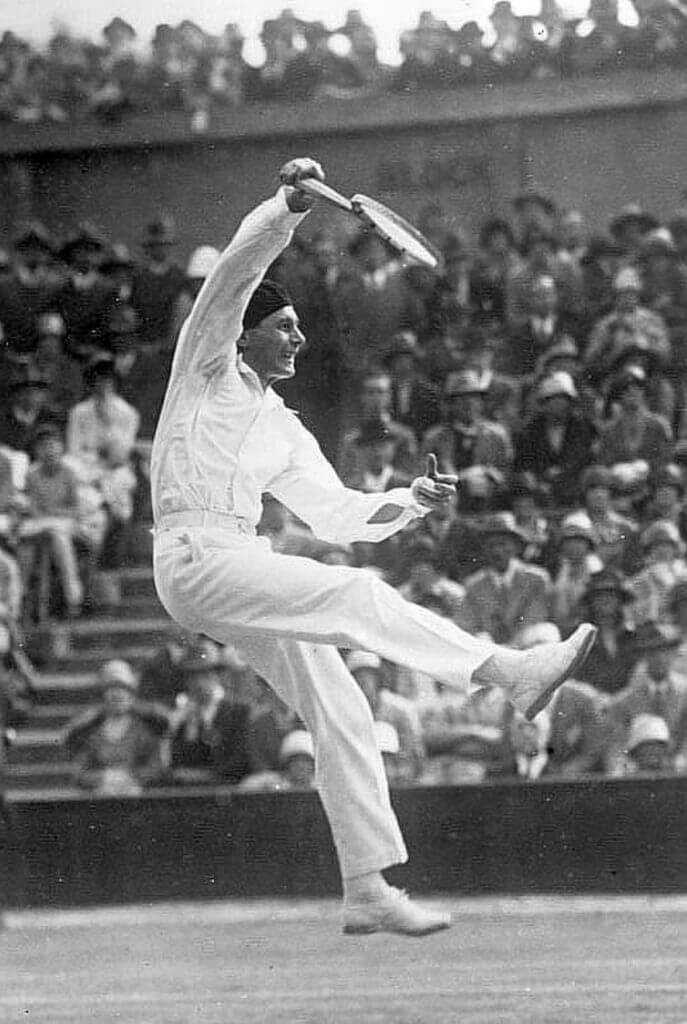
The subsequent assault went on for hours. Locals described heavy machine gun fire ongoing throughout much of the day. As German weapons chewed into the 19th-century structure the French tennis star Jean Borotra volunteered to vault the wall and run for help under fire. As the incoming fire became overwhelming, former French Prime Minister Paul Reynaud found himself exposed. Sepp Gangl tackled the French politician, moving him to safety. In the process, Gangl caught a bullet from an SS sniper.
The Weapon

The specific weapon used to kill Sepp Gangl has been lost to history. However, the 17th SS would have been equipped with the most advanced equipment available to the Reich in 1945. The state of the art in optic-equipped battlefield rifles at the time was the scoped K43.
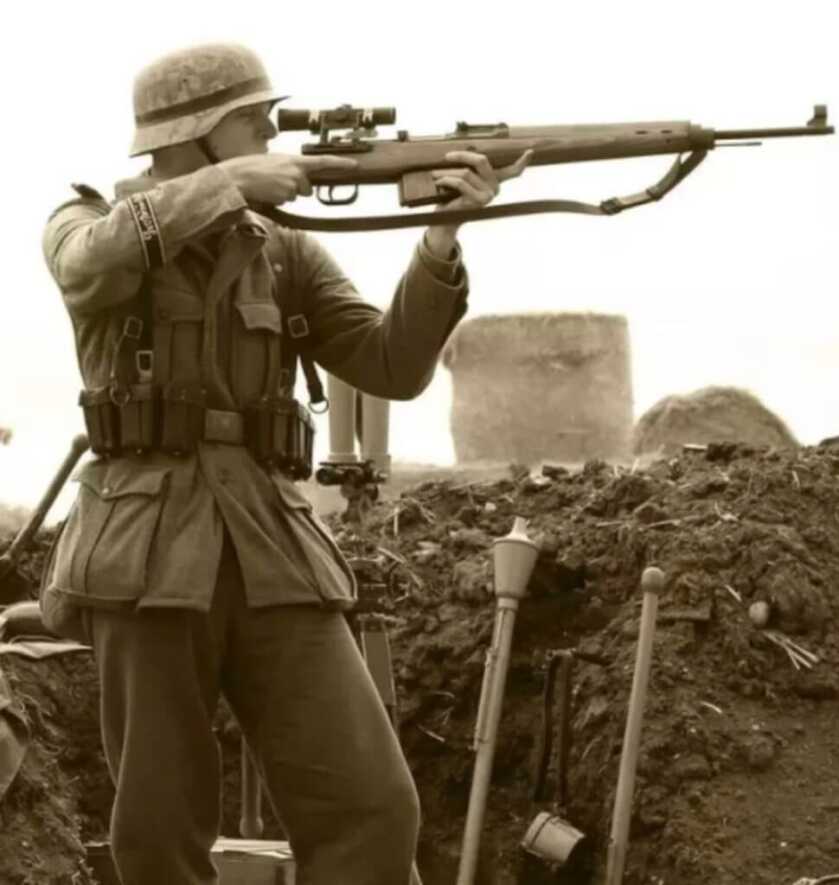
The Gewehr 43 was also known as the G43, the Gewehr 43, the Karabiner 43, the Kar 43, or the K43 rifle. A gas-operated semiautomatic design, the K43 drew inspiration from both the previous German G41(W) as well as the Russian Tokarev SVT-40. The primary strength of the K43 was that it was designed from the outset to take advantage of modern mass production techniques.

The 7.92x57mm K43 weighed 9.7 pounds and was fed from a detachable ten-round box magazine. The original intent was to equip each grenadier company with nineteen K43 rifles and ten detachable 4x Zielfernrohr 43 (Zf4) scopes. Unit armorers would then identify the most accurate examples and fit them with optics. Mounts and rifles were therefore locally serialized with an electro pencil to keep track of what accessories went with which rifle. In this configuration, the scoped K43 served in the role occupied by the Designated Marksman Rifle today. Roughly 400,000 copies rolled off the lines during its two-year production run, but supplies of K43 rifles never kept up with the insatiable demand.
The Rest of the Story

Reinforcements eventually arrived from the American 142d Infantry Regiment and routed the attacking SS troops. Around 100 SS soldiers were subsequently taken prisoner. Castle Itter was successfully liberated, and the French prisoners returned to their official positions. Sepp Gangl was the only friendly casualty of the operation.
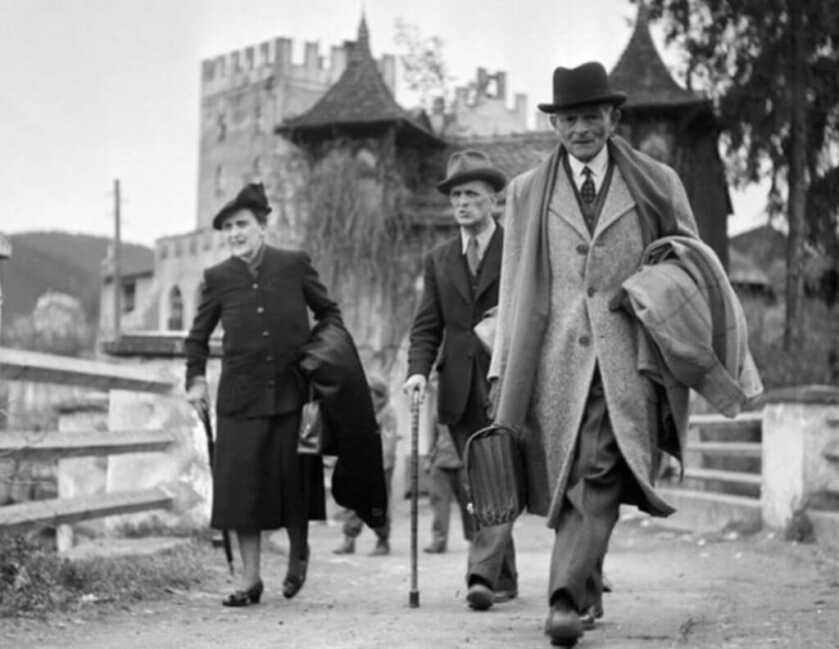
In retrospect, the troops from the 17th SS were almost assuredly moving on the castle to exterminate the high-value French prisoners housed there. However, these political and cultural leaders ultimately played an outsized role in the post-war recovery in France. Had the SS been successful and killed this nucleus of leadership it could have taken the historical arc of post-war Europe in an entirely different direction.
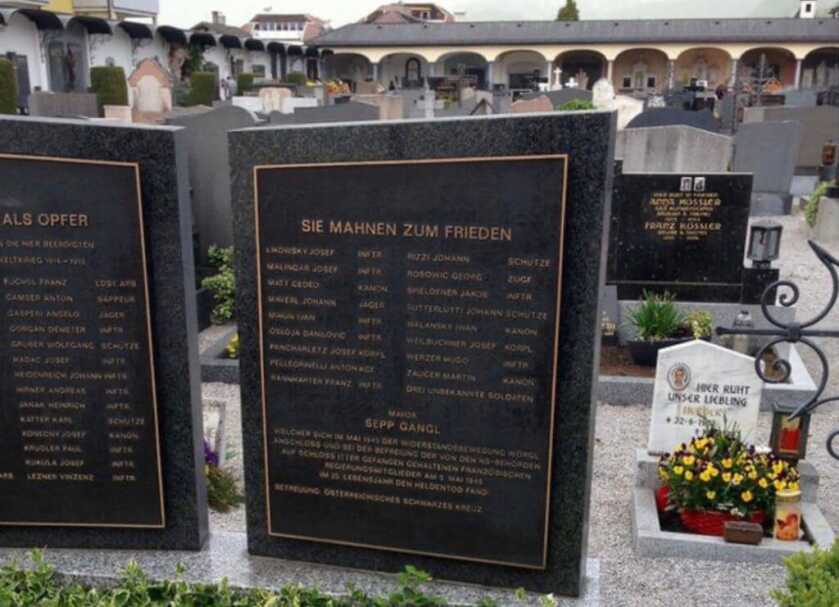
Josef Gangl was 34 when he died. He left behind a widow and two young children. However, through his bravery and sacrifice, he helped build a foundation of freedom in Europe that is enjoyed to the present day. One of the main streets in Worgl is named in his honor. Tyrolians in Austria revere him as a hero of the Austrian resistance today. The Battle for Itter Castle was the only time during the war that Wehrmacht and US troops fought side by side against a common enemy.
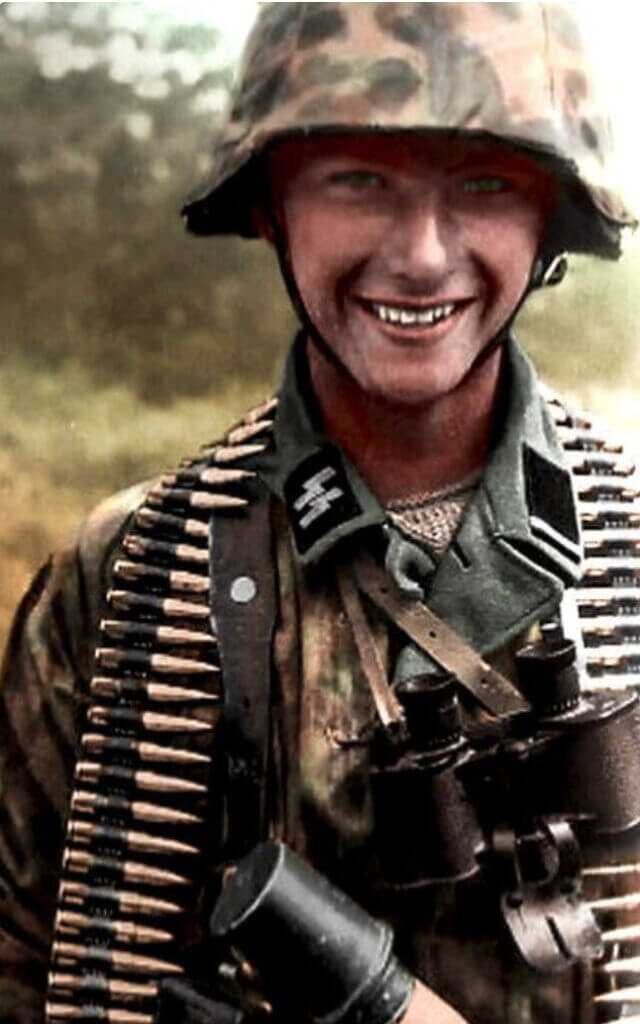


I, too, saw this in another presentation, but without many of the excellent details you provided. I also had no idea that the K-43 was actually produced in those numbers. Glad that Hitler didn’t see the value of the weapon through the eyes of a WWII perspective and was instead still locked in WWI mindset.
Wow! This would make a heck of a movie.
There’s an excellent short book about this:
“The Last Battle: When U.S. and German Soldiers Joined Forces in the Waning Hours of World War II in Europe”
It’s available from the usual ‘net source in Kindle, audiobook, and hardcover (in various new and used versions). I bought my hardcover copy about 9 years ago. It’s a pretty good read, and fills in a lot of details of the occupants of the town and of the castle, on both sides.
Good article. I think I seen a story on the history channel about the major you article. I also liked the additional information about his unit and the sniper rifle, which was not in the history channel story.
Another great article. FYI, “nebelwerfer” actually means fog thrower
Thanks for the insight. I made the change.
Interesting story. Too bad Gangl, and others like him, didn’t see the light before joining the Wehrmacht.
NOTE: My preceding comment was in response to the caption underneath the last photo. (Forgot to mention that). Great article as always!
Yes! Young minds are rather easily molded by manipulative adults. An excellent, but tragic example is what we allowed to happen in the public education and university systems here at home. We now have a virtually unlimited supply of young and early middle-aged marxists, hellbent on destroying the USA. By focusing exclusively on our “foreign” enemies, we’ve allowed the “domestic” ones to proliferate unchecked.
Sir, hope you are going to compile your short stories into a book. Maybe you could do it in your “free time” when you have a minute or two-ha! I think it would be a great seller especially for next years Father’s Day!
Fantastic story! Thanks Dr Dabbs for bringing this one to light! Amazing!